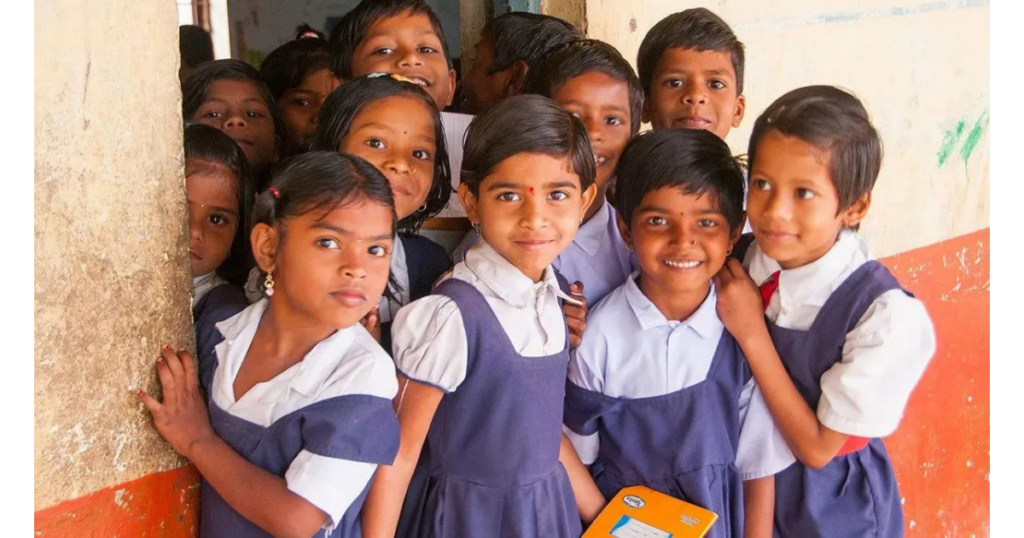Uttar Pradesh to integrate Vedic Mathematics into NCERT textbooks for Classes 6–8, blending ancient techniques with modern math education.
In a landmark move aimed at bridging traditional knowledge systems with modern pedagogy, the Uttar Pradesh government has announced that Vedic Mathematics will be integrated into NCERT textbooks for students of Classes 6 to 8 across all government-run schools. The decision marks a significant shift in the state’s educational approach and is set to impact over 30 lakh students enrolled in upper primary and composite schools in the state.
The move is part of a broader academic reform that seeks to harmonize regional priorities with the national curriculum, while fostering a deeper cultural and intellectual connection to India’s ancient knowledge traditions.
A Blend of Ancient Wisdom and Modern Learning
Vedic Mathematics, derived from ancient Indian scriptures, is known for its simple, fast, and elegant techniques for solving complex mathematical problems. The system emphasizes mental math and pattern recognition, enabling students to perform calculations with remarkable speed and accuracy.
According to officials from the Basic Education Department, the State Council of Educational Research and Training (SCERT) has formally directed the integration of Vedic Math into NCERT textbooks currently used in the state’s government schools. The effort will be led and supervised by the State Institute of Science Education (SISE), headquartered in Prayagraj, which is also responsible for curriculum design and teacher training.
“We are updating the NCERT textbooks to integrate Vedic Mathematics,” confirmed Anil Bhushan Chaturvedi, Director of SISE. “This will not only enhance the students’ numerical and logical abilities but also reconnect them with India’s rich mathematical heritage.”
Filling Gaps in Existing Curriculum
The present mathematics textbooks used in Classes 6 through 8, such as “Ganit Prakash”, are known for their rigorous academic structure. However, they currently do not include any reference to Vedic mathematics. Similarly, “Ganit Manthan”, a textbook widely used under the UP Basic Education Board, has only a few scattered references to traditional mathematical techniques.
With the revised textbooks, both Hindi and English-medium students will now be exposed to Vedic techniques such as sutras (formulas) for quick calculations, multiplication shortcuts, and algebraic tricks that are easy to grasp and apply. The idea is not to replace the current curriculum, but to enrich it with Vedic methods, offering students alternative ways to understand mathematical concepts.
Why Vedic Math Now?
Proponents of the initiative argue that Vedic Mathematics has the potential to demystify math for students who often struggle with the subject. By making problem-solving more intuitive, the inclusion could also reduce math anxiety, a common barrier to STEM education.
“Vedic techniques are extremely relevant in today’s learning environment,” said Bhavna Tiwari, a math teacher from Lucknow. “Children today are already tech-savvy and fast learners. Vedic Math provides them tools to perform mental calculations much faster, which boosts their confidence.”
Educational experts also believe that the move is aligned with the goals of the National Education Policy (NEP) 2020, which emphasizes a holistic, learner-centered, and culturally rooted education system.
Expansion into Senior Classes
In addition to updating middle school curricula, the State Institute of Science Education is expanding its role by developing 25 model question papers each for students of Classes 11 and 12 in the Science stream—covering subjects like Mathematics, Physics, Chemistry, and Biology. This is the first time SISE has been tasked with creating question papers for senior secondary classes, marking another key step toward standardization and academic support.
“We’ve already prepared model papers for Classes 9 and 10,” noted Director Chaturvedi. “Now, extending this initiative to senior classes will help students prepare better for board exams.”
Looking Ahead
With these reforms, Uttar Pradesh is taking a bold step toward reimagining how students engage with mathematics—from rote learning to conceptual clarity and cultural context. The integration of Vedic Math may just be the beginning of a broader movement to infuse India’s ancient wisdom into modern classrooms.
As the updated textbooks roll out in the coming academic year, educators, parents, and policymakers alike will be watching closely to see how well this blend of tradition and innovation resonates with the next generation of learners.

Also Read: Engineering student’s green fuel idea from sugarcane gets government patent
Life Skills: Pratham and Rangeet Empower 28,000 Mumbai Students –